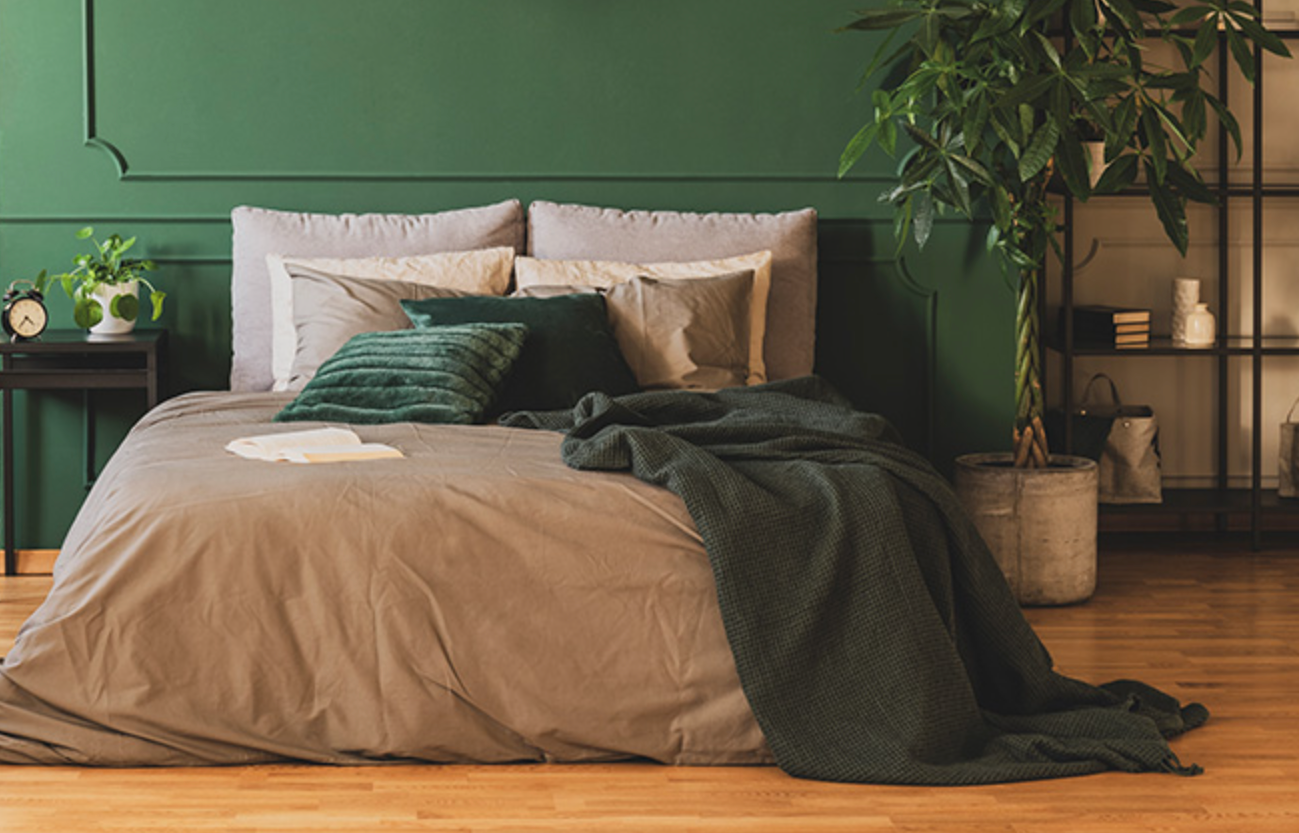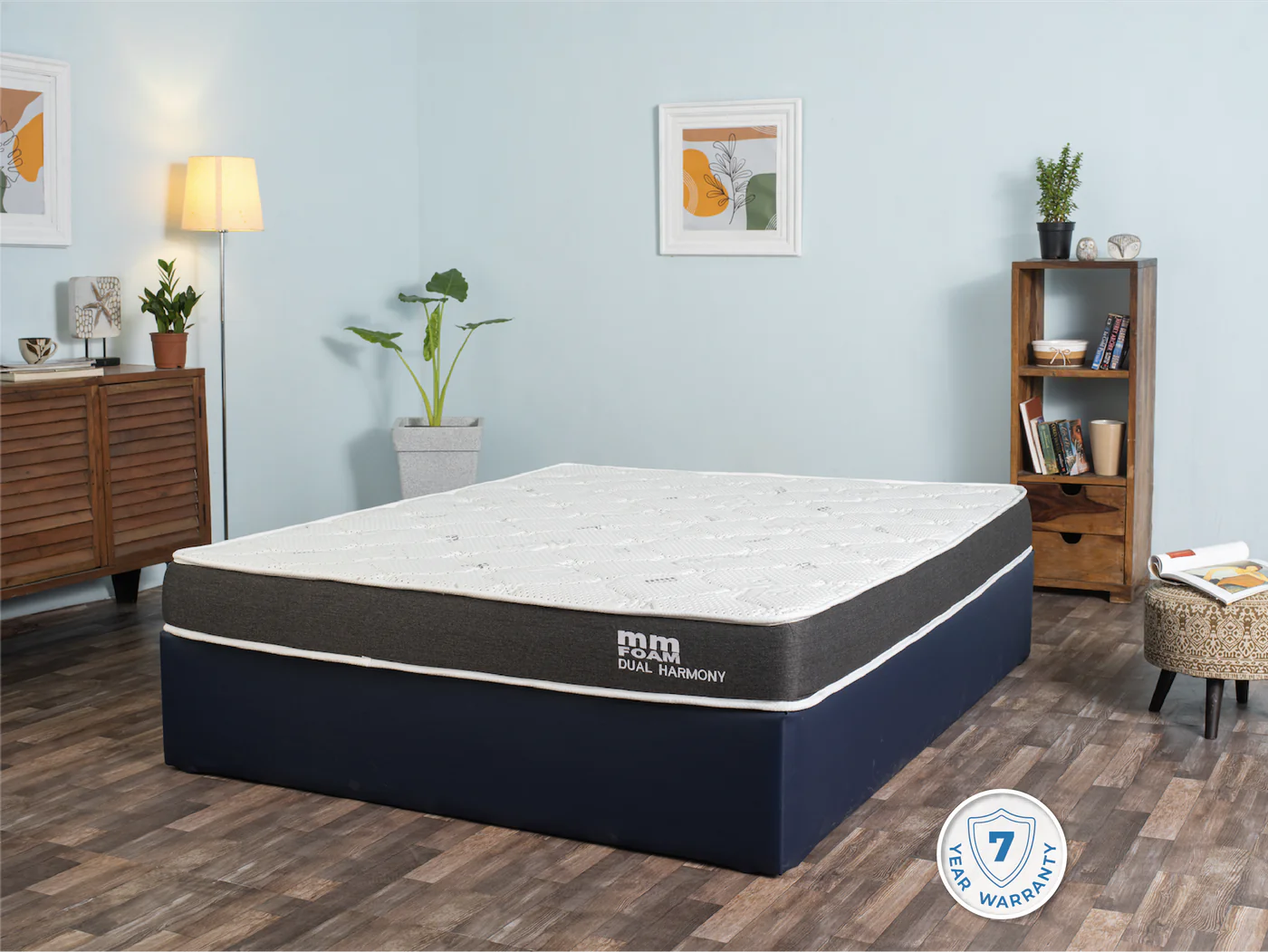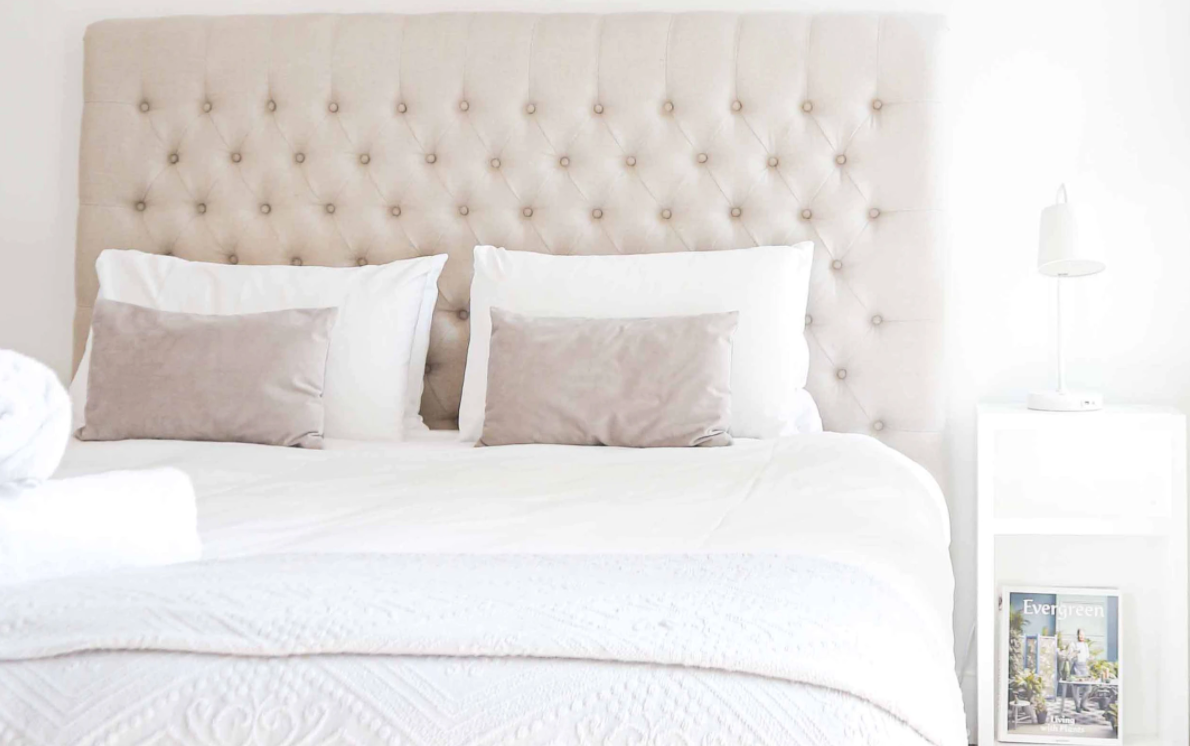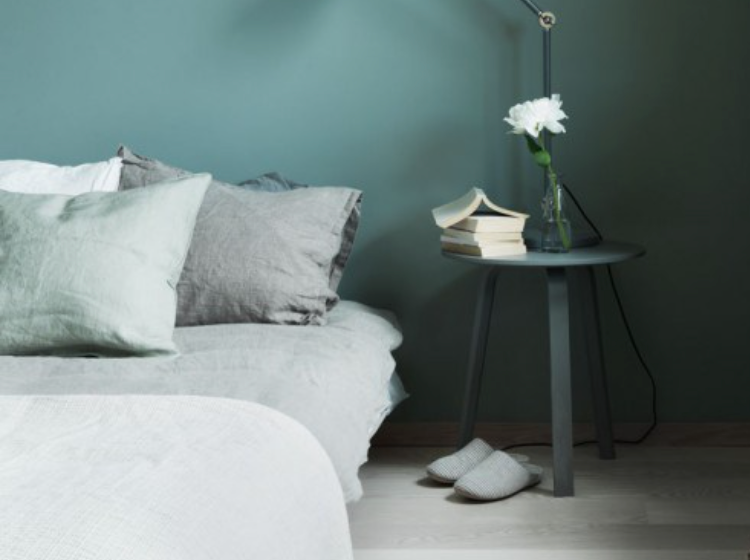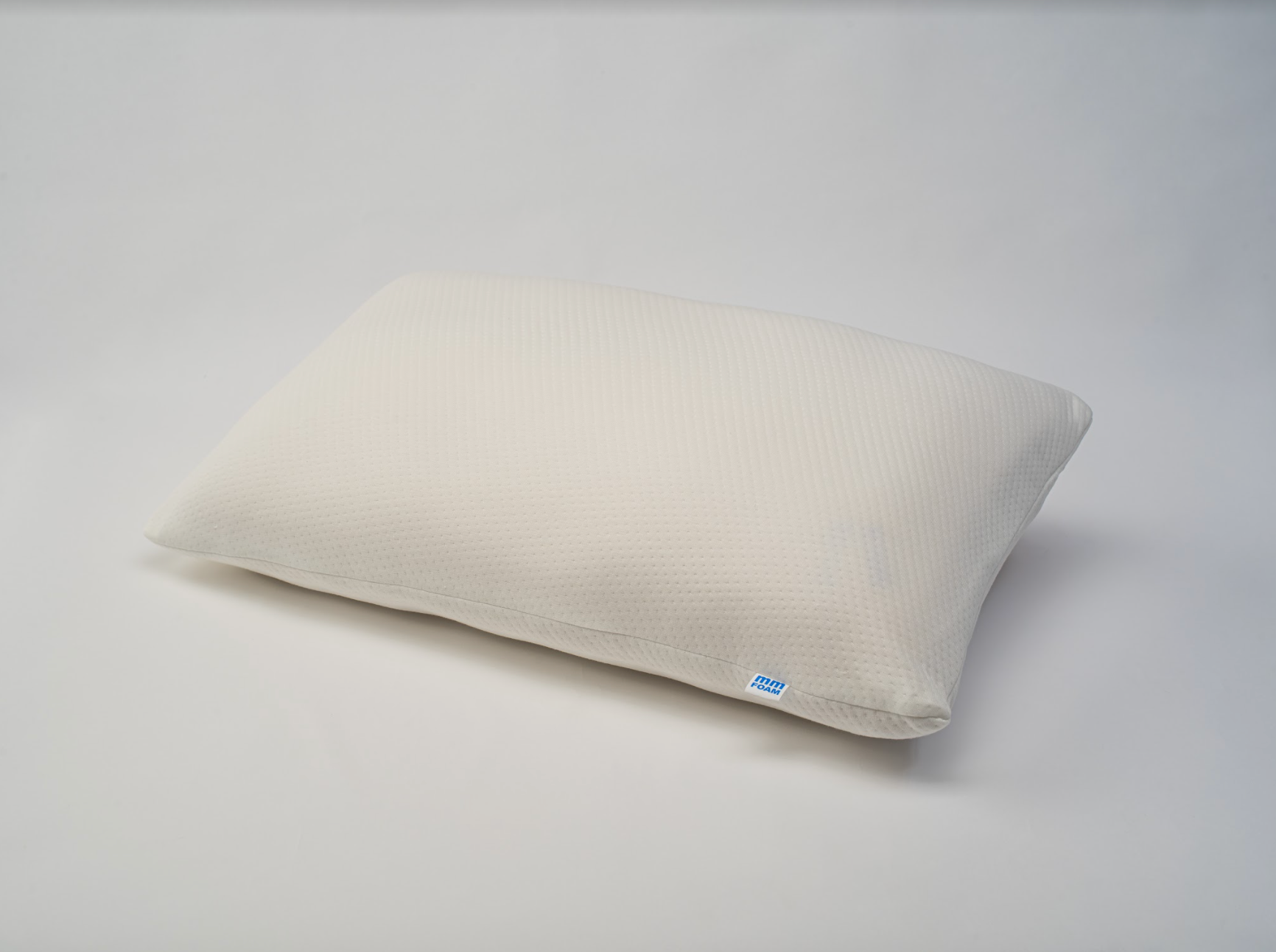Your cart is empty
Looks like you haven't added anything to your cart yet

Pillows for Seniors Citizens: Tips for Optimal Comfort and Support
Sleep quality changes as we age – circadian rhythms shift, leading to disrupted sleep patterns, and physical health conditions make it tougher to fall asleep and stay asleep. If left unaddressed, these can result in chronic sleep issues for senior citizens.
Of the many factors that can impact seniors’ sleep quality, the choice of pillow is perhaps one of the most crucial. It can have a significant impact on their comfort, spinal alignment, and can also help alleviate any aches and pains they may have. In fact, research has shown pillow shape and content play a crucial role in cervical curve, pillow temperature, and comfort.
In this guide, we’ll explore what to consider when selecting a pillow for senior citizens, as well as some simple tips to improve their sleep quality.
But first, let’s dig a little deeper into why the right pillow is so important for older adults.
As we get older, changes in bone density, joint health, and posture can affect how we sleep. Improper support can make issues such as stiffness and back pain worse. A good quality pillow can address these issues by ensuring proper alignment of the head, neck, and spine, and offering support for conditions such as arthritis and sleep apnea.
TL;DR
When choosing a pillow, account for:
Key factors to consider when choosing a pillow for seniors
Support and alignment
Cervical pillows come with a contoured design that helps maintain the neck’s natural curve. This helps to:
-
Keep the spine aligned through the night
-
Minimizing the risk of chronic neck pain.
-
Manage existing discomfort.
Allergies
Age can impact the immune system, making seniors more sensitive to allergens such as dust mites or mold. It’s important then to choose hypoallergenic pillows made of materials such as latex or other organic fibres. This can minimise allergy triggers and ensure restful, uninterrupted sleep.
Temperature regulation
According to the Harvard Medicine Magazine, older bodies hold more heat than younger ones when the temperature climbs. In such cases, cooling pillows with gel layers or those made of breathable materials such as natural latex and cotton would be the optimal choice. A study has also shown that orthopedic pillows might be more effective in preventing an increase in neck and head temperatures, which when compared to memory foam and feather, can:
- Improve sleep quality
-
Maintain sanitary conditions
Pro-tip – a cooling pillow may not necessarily be moisture-wicking. For those dealing with excessive sweating, choose a pillow that is made of naturally absorbent fabrics such as cotton or bamboo.
Customisation
Adjustable pillows are designed to let the user tailor how firm or lofty they are (‘loft’ refers to a pillow’s thickness, and can also be called its height. Pillows with low loft are three inches thick or less).
Maintenance
Seniors should opt for pillows that are easy to clean and maintain – this would include machine-washable pillows or those with removable covers. Durable materials such as latex are known for their long-lasting and non-sagging characteristics, which can reduce the need for replacements over time.
Specialisation
Certain pillows target common conditions that seniors may be afflicted with. For instance:- Wedge pillows elevate the upper body, offering relief from acid reflux or respiratory issues.
- Knee and body pillows are good for older adults with hip or lower back pain.
Placing a knee pillow between the legs can align the spine, while body pillows offer full-length support.
Know a senior who could use a new pillow? Check out our range here.
Additional tips for improved sleep quality
-
Account for preferred sleep positions:
-
Side sleepers: Firm pillow with a higher loft to fill the gap between the head and the shoulders
-
Back sleepers: A medium-loft pillow to support the neck’s natural curve
-
Stomach sleepers: A soft, low-loft pillow to prevent neck strain.
-
If unsure, choose a pillow that’s not too firm and not too soft. The right balance will ensure proper support and alleviation of pain.
-
Use pillow protectors to extend the life of the pillow and wash covers frequently to prevent build-up of sweat, dust-mites, and allergens.
-
Replace pillows every 18-24 months – however, certain materials such as natural rubber latex foam may last longer.
Pro-tip: Consider specific health needs and consult a healthcare professional who can recommend the right pillow.
Conclusion
The right pillow lays the foundation for a good night’s sleep – and this is especially true for seniors who may be dealing with different kinds of aches and pains. By carefully considering factors such as material, firmness, support, and health concerns, older adults can choose a pillow that will improve their sleep quality and have them wake up feeling rejuvenated. It just goes to show that investing in the right pillow is not just about comfort — it's about one’s overall health and well-being.- Choosing a selection results in a full page refresh.

